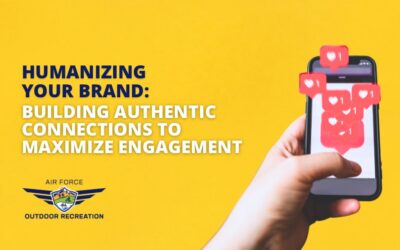
Outdoor fitness is not limited to a specific group of individuals—it can be enjoyed by people of all abilities. In this blog post, we will explore how to make outdoor workouts accessible for people with disabilities. By understanding and implementing inclusive practices, we can ensure that everyone has the opportunity to embrace the benefits of outdoor exercise and lead active, fulfilling lives.
- Education and Awareness:
- Educate yourself and others about different types of disabilities, their unique needs, and the barriers they may face in outdoor fitness.
- Foster awareness and promote a culture of inclusivity by encouraging open conversations and discussions around accessibility.
- Accessible Paths and Trails:
- Ensure that outdoor spaces have accessible paths, trails, and routes that accommodate mobility devices, such as wheelchairs or mobility scooters.
- Consider the terrain, surface, and incline of the paths to provide a smooth and safe experience for individuals with disabilities.
- Equipment Adaptations:
- Provide accessible fitness equipment or modify existing equipment to accommodate individuals with disabilities.
- Offer options for adaptive equipment, such as hand cycles, seated exercises, or resistance bands, to cater to a diverse range of abilities.
- Inclusive Facilities:
- Ensure that outdoor fitness facilities, such as parks or recreational areas, have accessible parking spaces, ramps, and entrances for individuals with disabilities.
- Include accessible restroom facilities and seating areas to enhance the overall experience.
- Inclusive Group Activities:
- Offer inclusive group fitness classes or activities that cater to different abilities and provide modifications or alternative exercises as needed.
- Encourage a supportive and inclusive environment where individuals of all abilities can participate and feel welcomed.
- Trained Staff and Instructors:
- Train fitness staff and instructors on how to effectively support and engage individuals with disabilities during outdoor workouts.
- Provide resources and education to enhance their understanding and skills in adapting exercises and techniques.
- Clear Communication:
- Ensure that communication channels, such as websites or signage, provide clear information about accessibility features and accommodations available.
- Promote open communication with individuals with disabilities to understand their specific needs and make necessary adjustments.
- Collaboration and Partnerships:
- Collaborate with disability advocacy organizations or support groups to gain insights and guidance on creating inclusive outdoor fitness opportunities.
- Foster partnerships with local accessibility experts to conduct accessibility audits and implement recommended improvements.
By implementing inclusive practices, we can make outdoor workouts accessible for people with disabilities and create a more inclusive fitness community. By educating ourselves, adapting facilities and equipment, and fostering an inclusive environment, we can ensure that individuals of all abilities have the opportunity to experience the joy, benefits, and empowerment of outdoor fitness. Let’s work together to break down barriers, promote inclusivity, and embrace the concept of outdoor fitness for all.
We hope this blog post inspires you to make outdoor workouts inclusive and accessible for individuals with disabilities. Together, we can create a more diverse, welcoming, and empowering outdoor fitness environment where everyone can thrive and embrace their WildHeart spirit!



